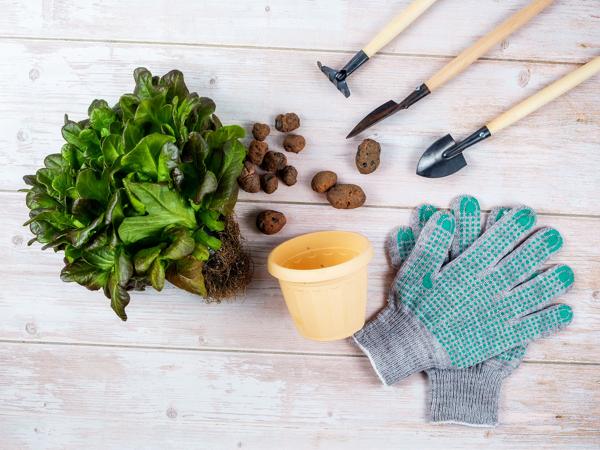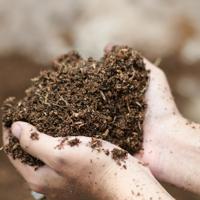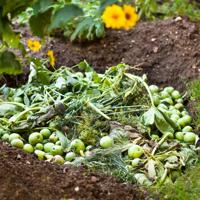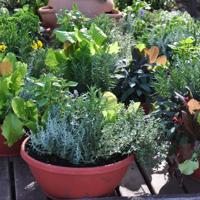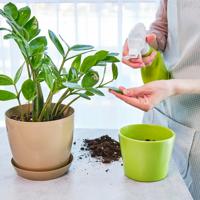Gardening in containers is a wonderful way to indulge in greenery, especially for those with limited space. It’s engaging and productive, letting you craft a green environment indoors. While the basics of container gardening might seem straightforward, one aspect that deserves particular attention is the soil mix.
Choosing the right soil mix can impact your plant’s health and productivity. In this article, we’ll explore various soil mixes, providing examples and insights to help you make informed decisions.
Why Soil Mix Matters
Container environments differ significantly from the ground. Plants in containers rely entirely on the soil mix you provide for their nutrients, root support, and water retention. An appropriate mix aids in root growth, ensures consistent moisture, and minimizes the chance of diseases.
While buying a commercial potting mix might seem convenient, taking a more tailored approach can often be beneficial.
Key Components of a Soil Mix
Most effective soil mixes comprise a few essential components. Here’s a simple breakdown:
- Organic Matter: Materials like peat moss or coconut coir provide structure and retain moisture without compacting.
- Mineral Particles: Perlite or vermiculite aids with aeration and drainage, crucial for preventing root rot.
- Compost: This enriches the soil with nutrients and beneficial microorganisms.
- Nutrients: Often, slow-release fertilizers or organic amendments like bone meal or fish emulsion are included.
Example Soil Mixes
- Basic Potting Mix:
- 2 parts peat moss or coconut coir
- 1 part perlite or vermiculite
- 1 part compost
This blend is versatile, fitting a wide variety of plants offering good drainage and nutrient accessibility.
- Succulent and Cactus Mix:
- 2 parts coarse sand or perlite
- 1 part potting soil
- 1 part small gravel or poultry grit
Succulents prefer fast-draining soil with minimal organic material, so this mix helps prevent waterlogging.
- Vegetable Container Mix:
- 3 parts excellent quality potting soil
- 1 part compost
- 1 part perlite
For thriving vegetable plants, this mix provides robust support and nutrition.
Making Adjustments
A delightful aspect of crafting your own soil mix is the ability to adjust ratios based on specific plant needs or environmental conditions. Personal experience can guide you in tweaking these mixtures. For example, if you notice the pot drying out too fast, increase the organic matter ratio to retain more moisture.
Potential Pitfalls
While researching soil mixes, remember there is no one-size-fits-all solution. The term “best” here is relative to your plant types, regional conditions, and personal gardening inclinations.
Additionally, some commercial mixes might seem tempting, yet not all are created equal. Watch out for overly dense mixes that can stifle roots.
References and Further Reading
A few resources and studies provide valuable insights into the science behind soil mixes:
- The University of Minnesota Extension offers practical advice on Container Gardening Basics.
- A comprehensive guide by Cornell University on potting soil Components & Tips.
These can help expand your understanding of container gardening nuances.
Final Thoughts
Gardening is as much about intuition as it is about science. Finding combinations that uniquely suit your setup and plants may take a little trial and error, and that’s perfectly okay. We hope the insights shared here encourage you to experiment.
Happy gardening, and may your plants thrive in the loving granules of your carefully chosen soil mixes!
